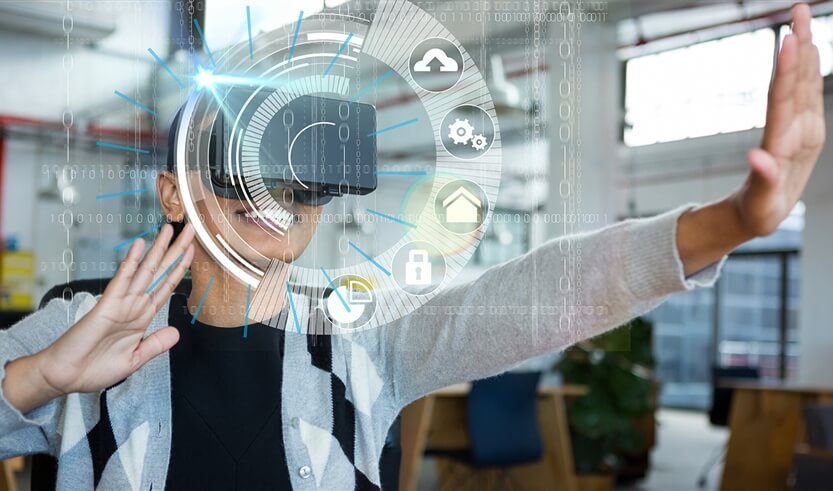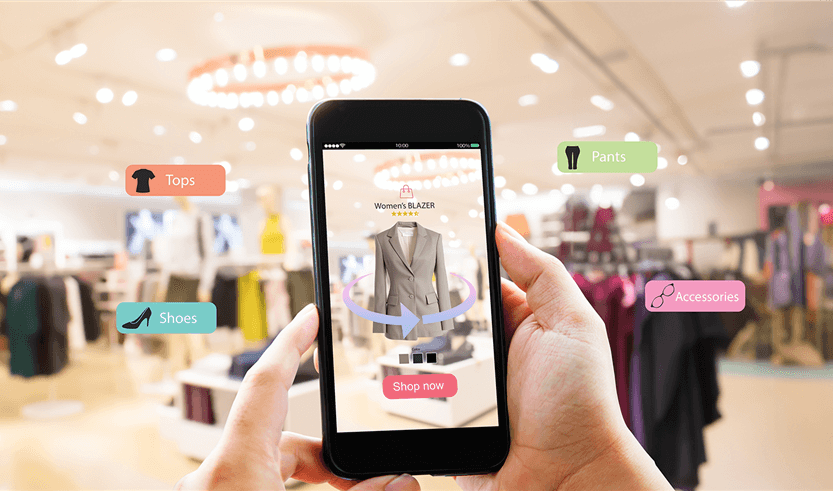Unveiling the Power of AR in Digital Marketing
One of the most transformative technologies making waves in the digital marketing industry is Augmented Reality (AR). But what exactly is AR, and how is it revolutionizing the way we approach digital marketing? Let's dive in.
What is Augmented Reality (AR)?
Augmented Reality (AR) is a technology that superimposes a computer-generated image on a user's view of the real world, thus providing a composite view. Unlike Virtual Reality (VR), which creates an entirely artificial environment, AR enhances the real world by adding digital elements to it. This can range from simple text and graphics to complex 3D models and interactive elements.

How AR Impacts Digital Marketing
1. Enhanced Customer Engagement
AR offers a unique way to engage customers by providing an interactive and immersive experience. Brands can use AR to allow customers to visualize products in a real-world context before making a purchase. For example, furniture retailers like IKEA have used AR to let customers place virtual furniture in their homes, making the shopping experience more personalized and engaging.
2. Improved Product Visualization
AR can bridge the gap in industries where physical product demonstrations are challenging. For instance, in the automotive sector, AR allows potential buyers to explore vehicle features and customize their dream car without stepping into a showroom. This not only enhances the customer experience but also drives sales by reducing purchase hesitancy.
3. Innovative Advertising Campaigns
AR has opened new doors for creative advertising campaigns. Brands can create interactive ads that users can engage with using their smartphones or tablets. These campaigns can range from simple AR filters on social media to complex games and experiences that promote brand awareness and customer engagement.
4. Data-Driven Insights
AR experiences can collect valuable data on customer behavior, preferences, and engagement levels. This data can be used to optimize marketing strategies, personalize content, and improve customer targeting. By understanding how customers interact with AR content, businesses can make informed decisions to enhance their marketing efforts.
5. Enhanced Storytelling
Storytelling is a powerful tool in marketing, and AR takes it to the next level. Brands can use AR to tell their stories in a more immersive and interactive way. For example, a fashion brand could use AR to showcase the journey of its products from design to the runway, providing customers with a deeper connection to the brand and its values.

Real-World Examples
- IKEA Place: IKEA's AR app allows users to place virtual furniture in their homes, making it easier to visualize and purchase products.
- Sephora Virtual Artist: Sephora's app uses AR to let users try on makeup virtually, enhancing the shopping experience and reducing the need for in-store testing.
- Gucci AR Campaign: Gucci used an AR campaign to promote its sneakers, allowing users to virtually try them on and share images on social media, driving brand engagement and sales.
Augmented Reality is more than just a buzzword; it's a game-changer in digital marketing. By providing immersive, interactive, and personalized experiences, AR can transform how brands engage with their customers. As the technology continues to evolve, businesses that embrace AR will be well-positioned to capture their audience's attention and drive success in the digital age.
So, are you ready to take your digital marketing strategy to the next level with AR? The future is here, and it's more interactive than ever.